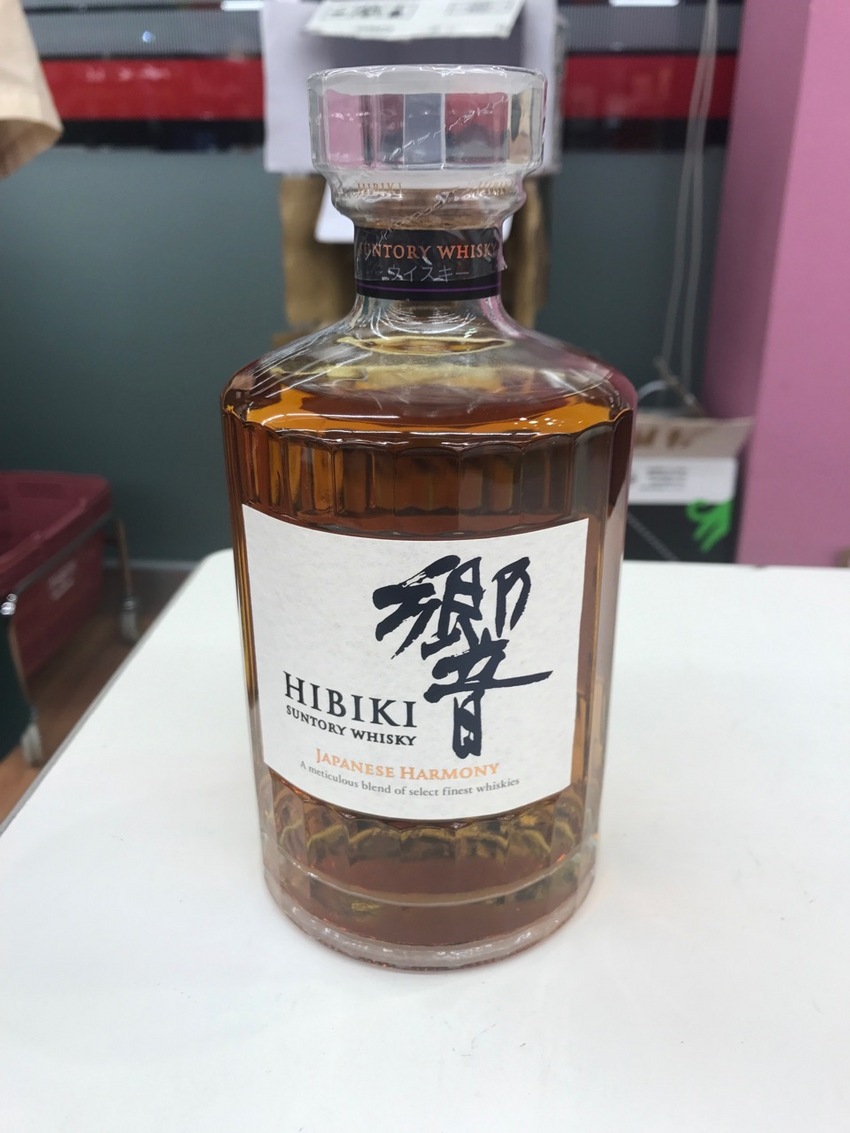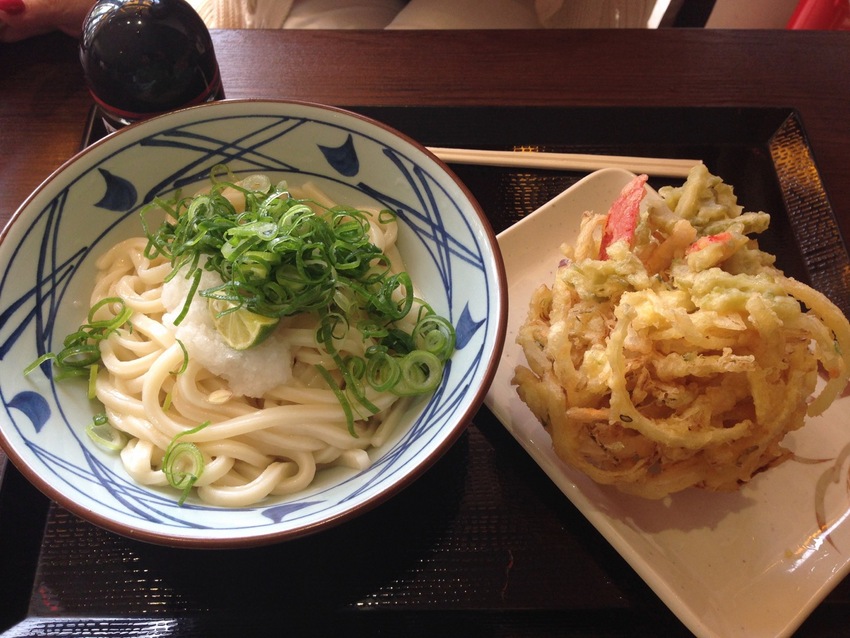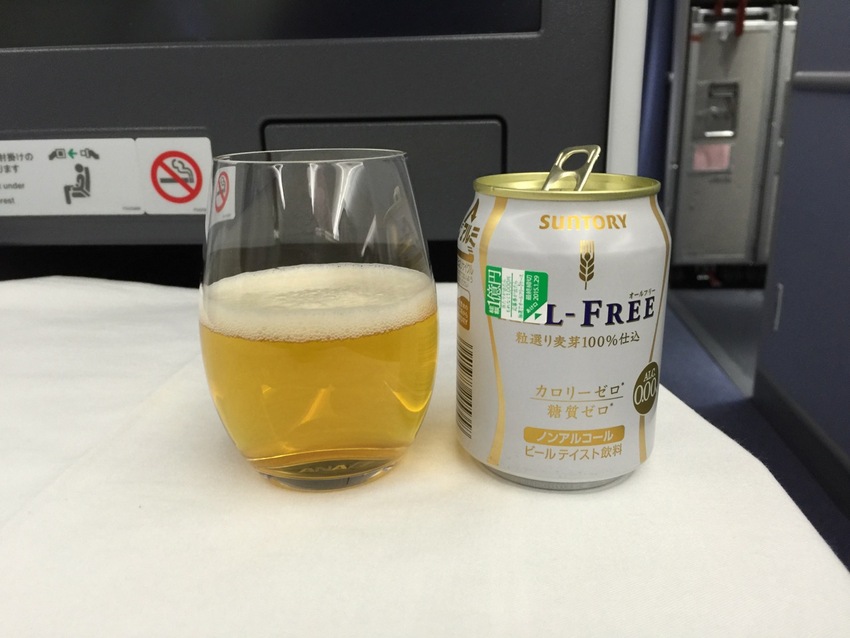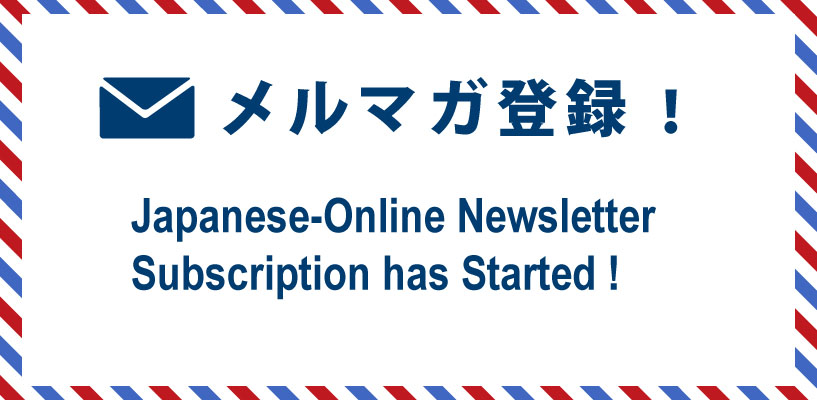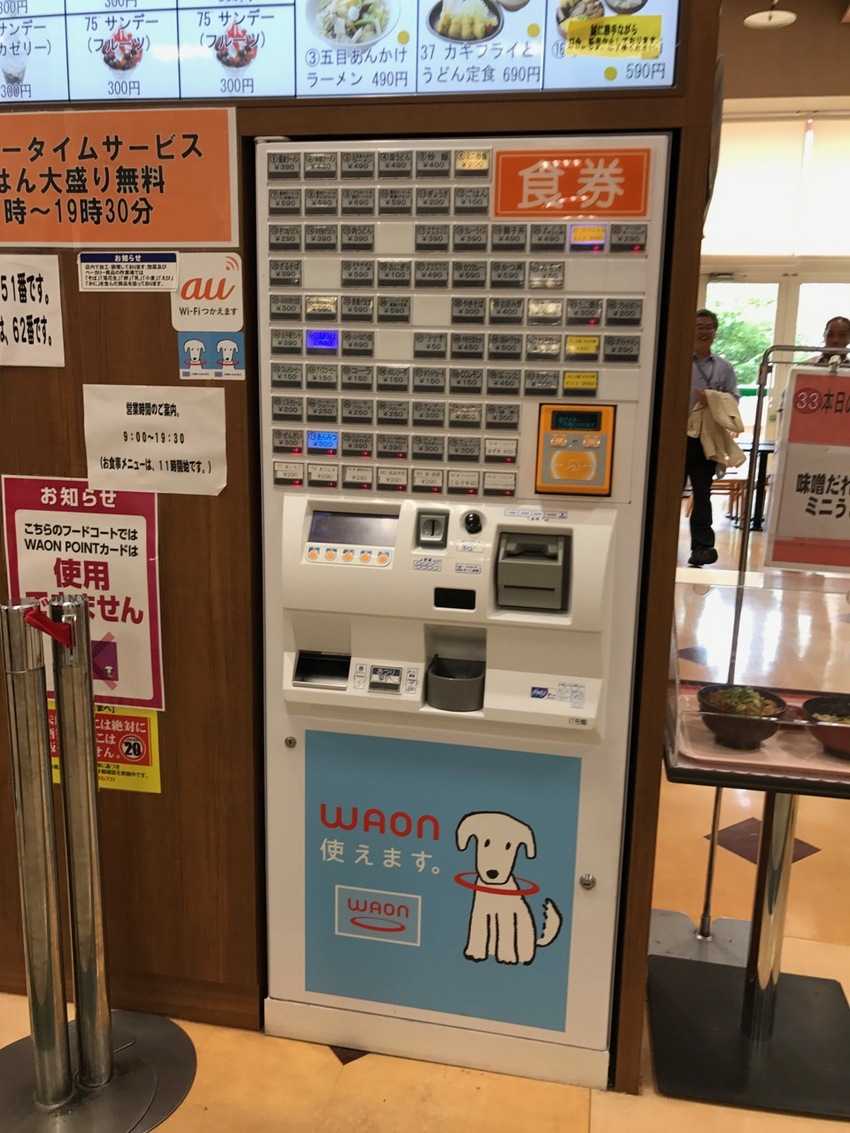9月
18日,
2017年
Takoyaki たこやき
It is a very popular meal/snack for western part of Japan specially Osaka.
Many households in Osaka / Kansai (Western Part of Japan) own Takoyaki cooker.
When you visit Osaka, this is something you must try.
9月
17日,
2017年
Whisky Boom in Japan
I heard the boom started with "Highball" CM in Japan. So, if you are visiting someone in Japan, bring a bottle of whisky. They might like it.
9月
16日,
2017年
Udon ... Ultimate Japanese Fast Food
You pick the toppings and create your own meal.
9月
15日,
2017年
Only in Japan ... All Zero Beer???
When you are in Japan, try it. 100% alcoholic free beers are available from SUNTORY and ASAHI ... KIRIN is also 100% alcohol free but has some calories.
9月
14日,
2017年
Fried Chicken in Japan
No, I am not talking about Kentucky Fried Chicken.
I am talking about Japanese style fried chicken called Karaage (唐揚げ).
Many Japanese people eat Karaage Chicken with rice and soup. Like Tonkatsu, fried chicken are often accompanied with shredded cabbage.
9月
13日,
2017年
Japanese-Online Newsletter
http://japanese-online.com/page/newsletter
9月
12日,
2017年
New Sponsor at Japanese-Online.com
http://www.japanrese-online.com
9月
10日,
2017年
Japnese Food Court
9月
9日,
2017年
Sister Acts: How Music Can Help You Learn a New Language
It was previously thought that language and music used two differing brain functions. Speech functions were localized in the left-brain hemisphere and language in the right. But scientific advances in brain imaging technology have challenged that idea as of late. In fact, it’s becoming increasingly clear that there’s a whole lot of overlap between the two. The data is overwhelming that music can aid in one’s quest (www.fluentu.com/blog/learning-language-through-music/?nabe=4857995676876800:1&utm_referrer=https%3A%2F%2Fwww.google.com%2F) to learn a new language.
How it Helps
If you were asked, “Which letter comes before R?”, you would probably have to sing the alphabet song in order to remember it is ‘Q’. Ask any kindergartener, and you will realize that, even at a young age, we become aware rather quickly of the perks of memorizing things in conjunction with music. It’s true, the power of music is seldom matched (https://ledgernote.com/columns/music-theory/circle-of-fifths-explained/), both in terms of its memorization benefits and its complexity itself. For instance, think about how much easier it is for you to memorize your favorite song than it was to memorize your multiplication tables.
You see, certain songs trigger memories (https://www.psychologytoday.com/blog/the-athletes-way/201312/why-do-the-songs-your-past-evoke-such-vivid-memories), just like the way scent does. Music can help ingrain in your mind events that happened years ago, and it can help you to recall them with ease. Channeling this tool when it comes to memorizing a new alphabet and language is just as effective. There is no reason you can’t help yourself memorize the hiragana and katakana alphabets with music. Not only will this make the process easier, but it will most likely make it more fun and interesting, too.
How it Works
The brain is an “association machine”. It remembers new information by connecting it with the information already there (www.newsmax.com/FastFeatures/parts-of-the-brain/2016/05/23/id/730269/). So, the memories or facts you most easily remember are those that get linked, whether consciously or subconsciously, to memories and information already there. Simple enough, right? Just remember that for you to retain the vocabulary and store it in your long-term memory, you have to creatively connect them with something else. If you were trying to memorize the Japanese word “Oboemasu”, you could think of the oboe, a musical instrument, and you could pair “masu” with another word it reminds you of, perhaps the word, “massage”.
Songs create these same kinds of opportunities for making connections, which is why they’re so memorable. There are plenty of people who can’t remember their friend’s birthdays, yet they know all of the words to hundreds of songs. By pairing new vocabulary with music, you not only allow your brain to make more connections to the new words you are learning, but you target the rhythmic side of music and language that pair so well together, too.


